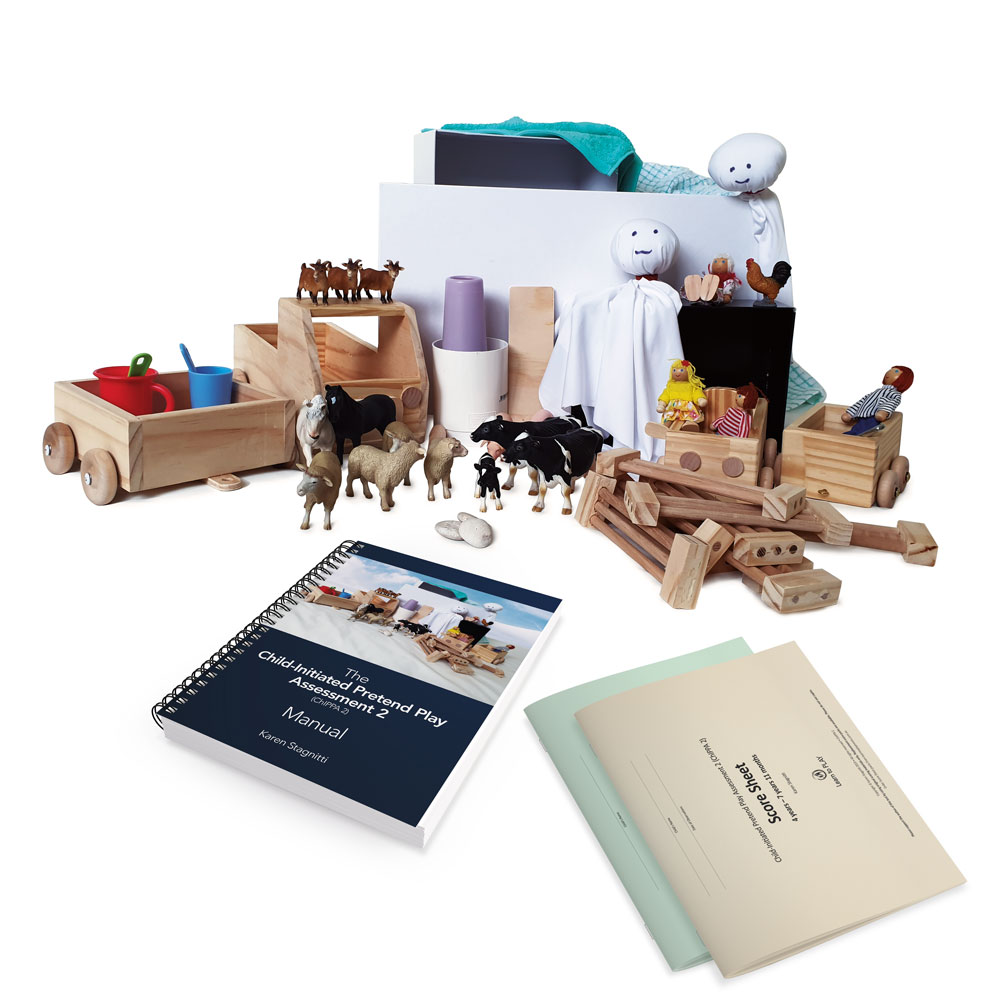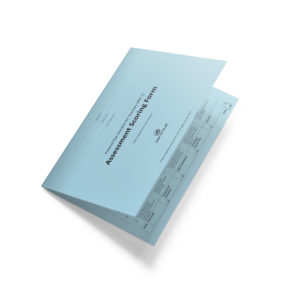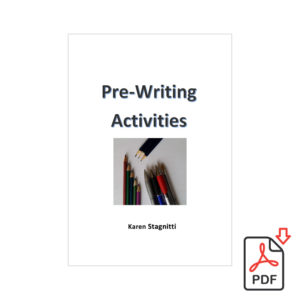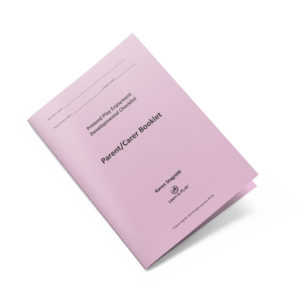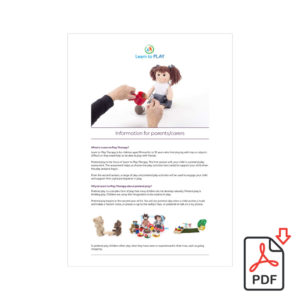Child-Initiated Pretend Play Assessment-2 (ChIPPA-2) KIT
$1,990.00 GST incl
To purchase the ChIPPA-2 Kit please email Jessica learntoplayevents@gmail.com with your shipping address for a shipping quote.
The ChIPPA-2 kit includes all the items shown in adjacent photo:
- ChIPPA-2 Manual – 274 pages, wire bound.
- ChIPPA-2 Scoring Booklet 3 YO – 10 pages, saddle stitched; supplied in sets of 10 in envelope.
- ChIPPA-2 Scoring Booklet 4-7 YO – 10 pages, saddle stitched; supplied in sets of 10 in envelope.
- All play materials
The Child-Initiated Pretend Play Assessment-2 is the updated, revised manual and scoring booklets of the Child-Initiated Pretend Play Assessment. The kit materials remain the same.
The Child-Initiated Pretend Play Assessment-2 (ChIPPA-2) is designed for children from 3 years to 7 years 11 months who have difficulty playing or don’t know how to play. It is a norm referenced standardised assessment of the quality of a child’s ability to self-initiate their play. The child’s ability to sequence play actions, use symbols in play and self-initiate play are assessed across two sets of play materials – conventional imaginative play materials (for conventional-imaginative pretend play) and unstructured objects (for symbolic play). There is also a Clinical Observations Form which has been updated and expanded.
The ChIPPA-2 is suitable for a wide range of children who find play confusing and/or playing difficult. For example, it is suitable for children with autism spectrum disorder, children with ADHD, children with developmental issues, children with learning disorders, children with specific language disorder. For children with physical immobility, adjustments are made to the administration.
The ChIPPA-2 is comprised of two sessions, the Conventional-Imaginative Play Session and the Symbolic Play Session. It takes 18 minutes to administer for 3-year-old children and 30 minutes to administer for children aged 4 years – 7 year 11 months.
In administering this assessment, a play area is set up with a sheet (supplied) thrown over two adult chairs. This is called a ‘cubby house’ in Australia, a ‘wendy house’ in the UK, a ‘house’ in Croatia, and a ‘fort’ or ‘house’ in Canada. The assessment is carried out with the examiner and child sitting on the floor with the play materials between them. The child is invited to play and observations are made throughout the assessment on the child’s play abilities. In the middle of each session, the examiner models five play actions, without destroying the child’s play scene. The ChIPPA-2 can be administered in a clinic, a home, or quiet room in a school or early childhood setting.
The interpretation of the ChIPPA-2 is multi-layered.
- Firstly, the child’s scores in sequencing play actions (called the Percentage of Elaborate Play), use of symbols in play (called Number of Object Substitutions) and Number of Imitated Actions are calculated and can be compared to norms for the child’s age, and in some cases, gender. Scores are calculated for each session of the ChIPPA-2. For example, there is a score for Percentage of Elaborate Actions in the Conventional-Imaginative Session and also in the Symbolic Play Session. There are also combined scores calculated for each item across the two sessions of the ChIPPA-2. There are 9 scores in total.
- Secondly, examination of the score sheet shows the process the child used to initiate and engage in play. From examination of the score sheet, it can be seen if a child can initiate their own play, if they need a model to play, if they can extend their play or conclude their play. The score sheet also shows when a child could focus on play and when they disengaged from the play.
- Thirdly, the pattern of scores across the two sessions of the ChIPPA-2 indicate a style of play. On the ChIPPA-2 there are 5 play styles found in samples of typically developing children and 7 play styles for children who struggle to engage in play. One further play style can fit in either the typically developing or deficits in play styles depending on the surrounding behaviour of the child.
- Fourthly, the play themes can be analysed. Play themes are the therapist’s subjective understanding of the underlying emotional meanings in a child’s play. In the ChIPPA-2 theme’s are analysed within Erikson’s developmental framework.
- Fifthly, the Clinical Observations Form provides further information on a child’s quality of play with items relating to Typical Indicators of Play and Play Deficits in Play. The Clinical Observations Form also includes a version of the Enjoyment in Play Scale, used with permission from the Pretend Play Enjoyment Developmental Checklist (Stagnitti, 2017).
The ChIPPA-2 has established reliability and validity with the updated manual providing a list of publications on research underpinning the ChIPPA and ChIPPA-2.
If you value the ability of a child to be able to play spontaneously, the ChIPPA-2 will provide a lot of information in a short period of time on how the child plays and the child’s play ability in comparison to peers.
Children with poor play ability most often present with difficulties in social interactions, lower language ability, poorer self-regulation, and lower understanding of narrative compared to peers with play ability. For these children a play assessment with the ChIPPA-2 will provide insightful information to inform support strategies for a child who finds it difficult to play.
About the Author

Karen Stagnitti PhD, BOccThy, GCHE. Karen is an occupational therapist by training who has a very strong interest in children’s play. Find out more about Karen

